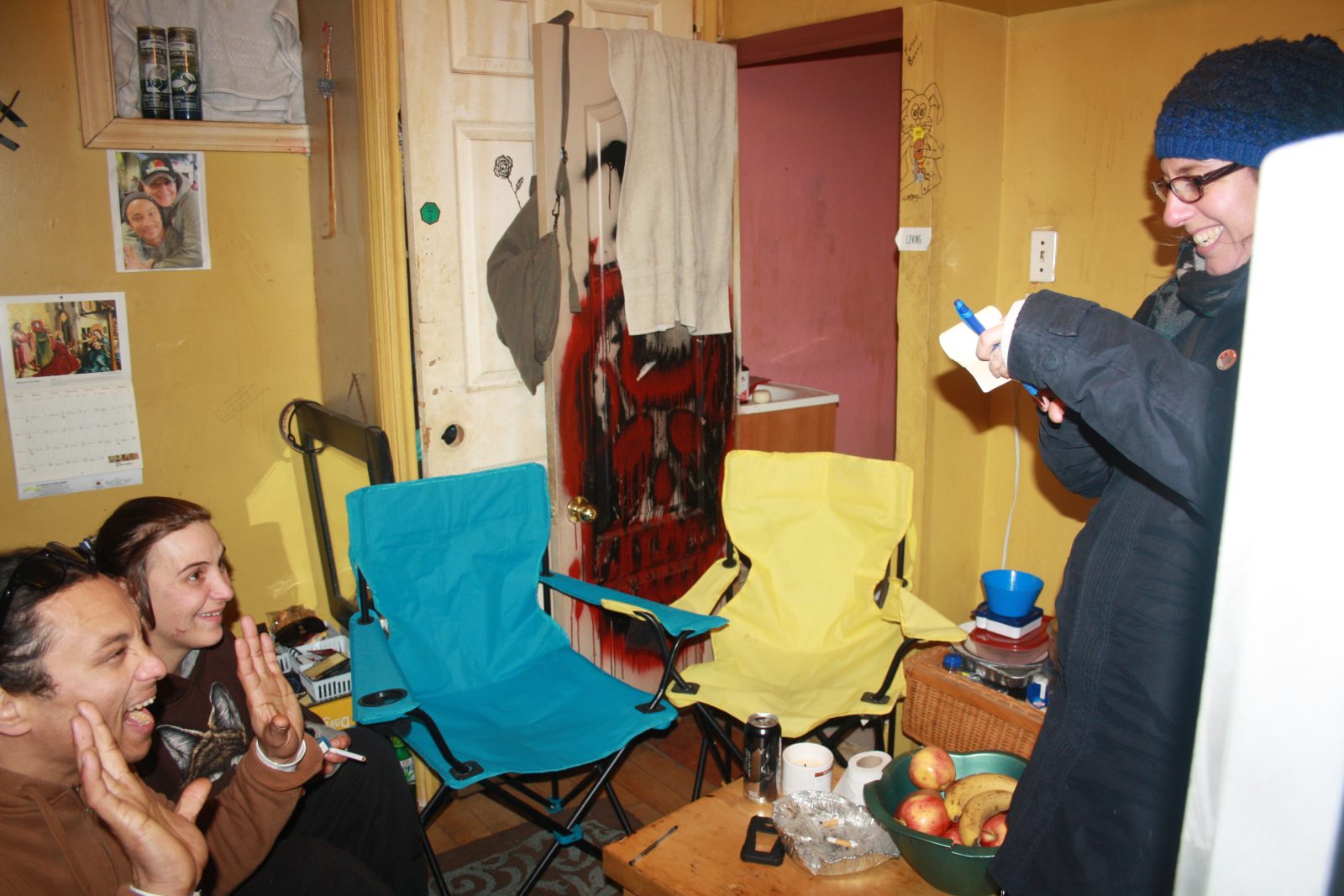Categories
It's only natural to jump to solutions.

But – we are trying to teach teams how to take a step back to reframe the problem – to understand who is feeling the pain and what the barriers and enablers are to good outcomes. That’s where ethnography comes in. We need a new source of intelligence to help us make sense of these challenges in the contexts in which they are experienced, and to see & touch possible points of intervention. Until we have a rich picture of people’s whole lives, we don’t know where to intervene, why, or how.
But, getting a rich picture of people’s whole lives can be confronting, vulnerable, scary. It requires us to spend time with people without the safety of assessment frameworks, pre-fabricated interview questions, or surveys. It requires us to look in-between the lines and embrace the grey zone.
That’s why we ask team members to start by doing ethnography on each other. To get a feel for observing and being observed. With equal parts improvisation and intentionality.
To help team members be intentional, and have a basis for improvising, we prepared a short tutorial on making a prompt book. A prompt book isn’t an interview schedule or a rigid plan. But it does contain phrases, images, and ideas for what to look and ask for when out in the field. Prompt books help us to bring together the social science literature with visual, design methods. They can help us to try out multiple theoretical vantage points so that we aren’t inadvertently stuck looking at people through the same-old pair of glasses.
Have a look. We’re still learning how to make these tutorials useful.